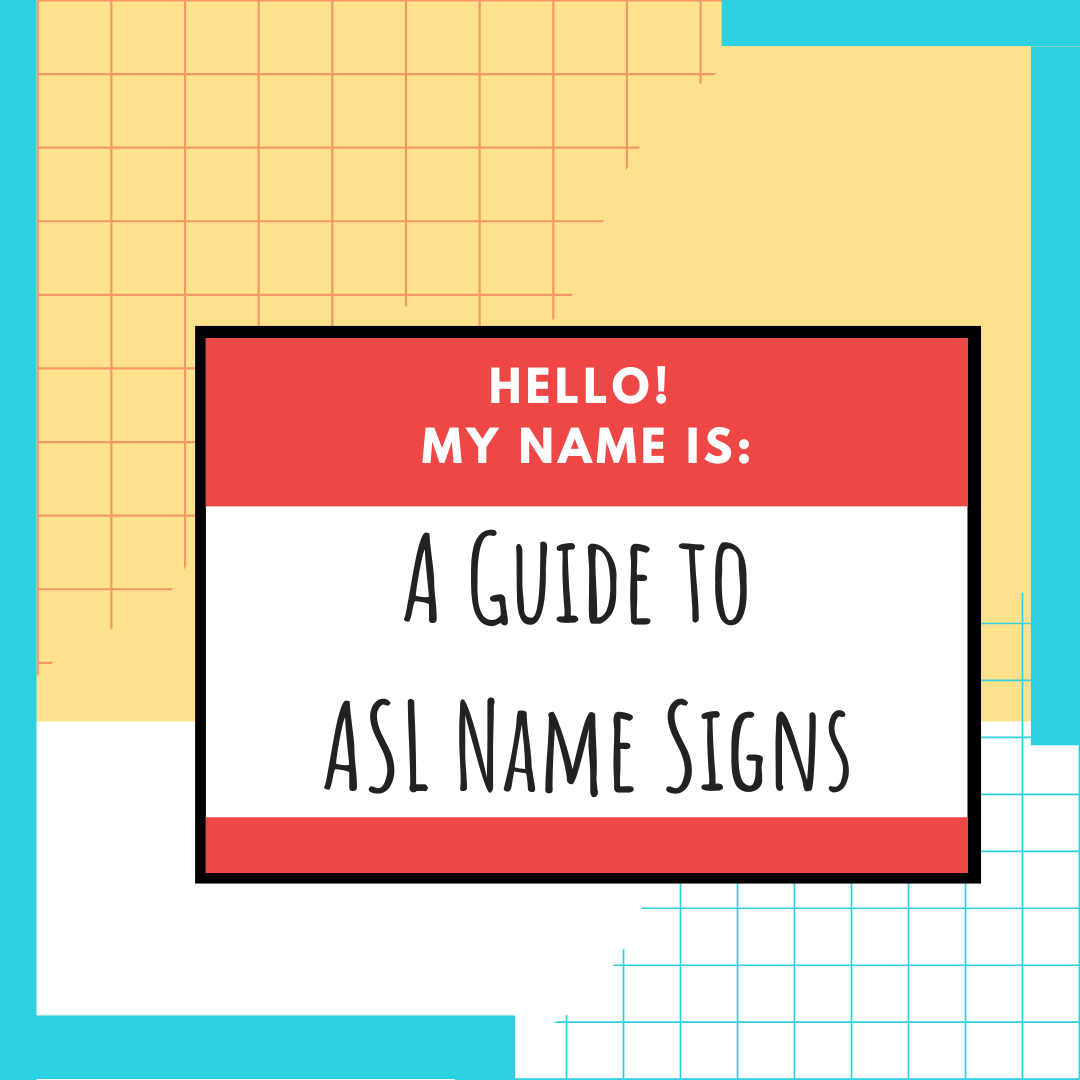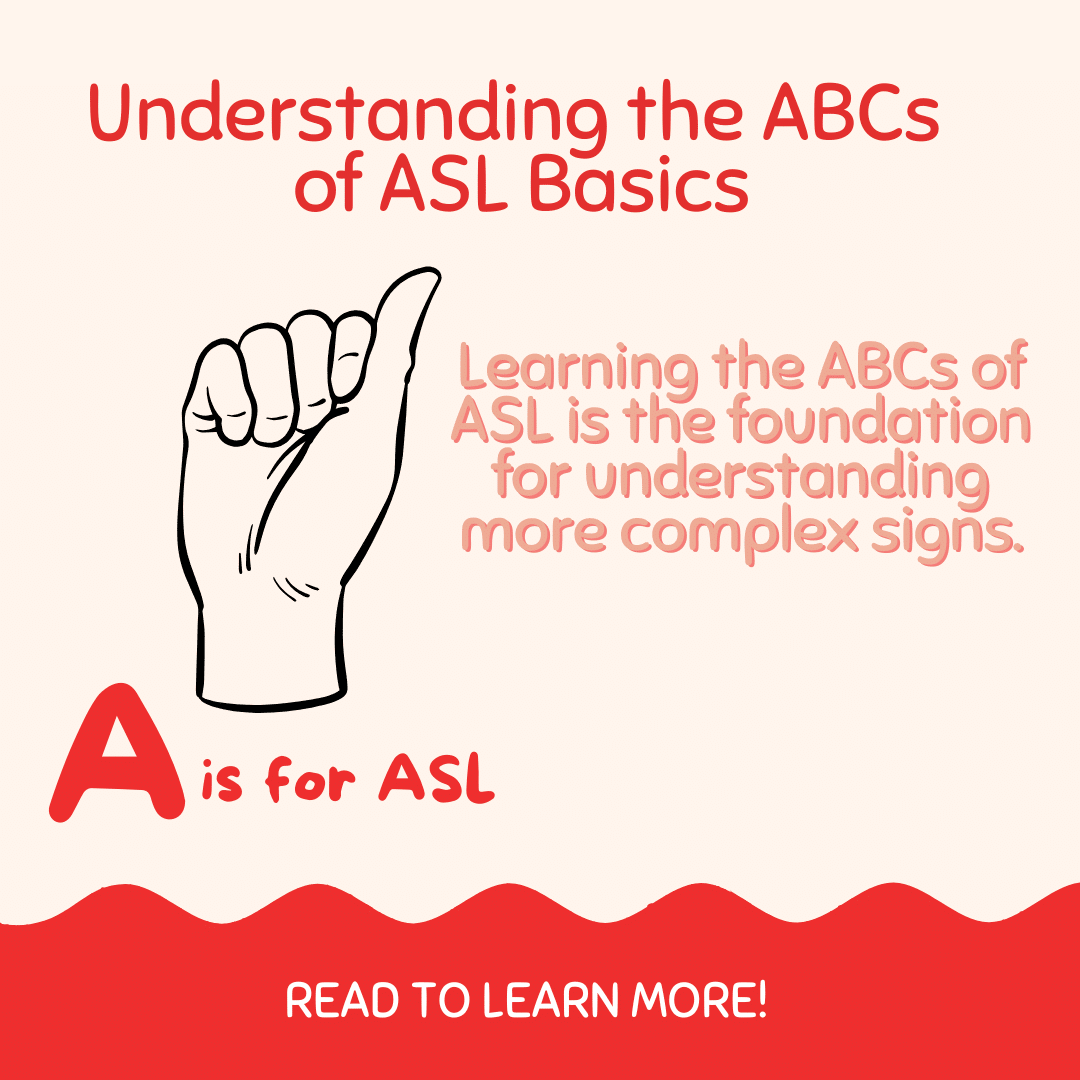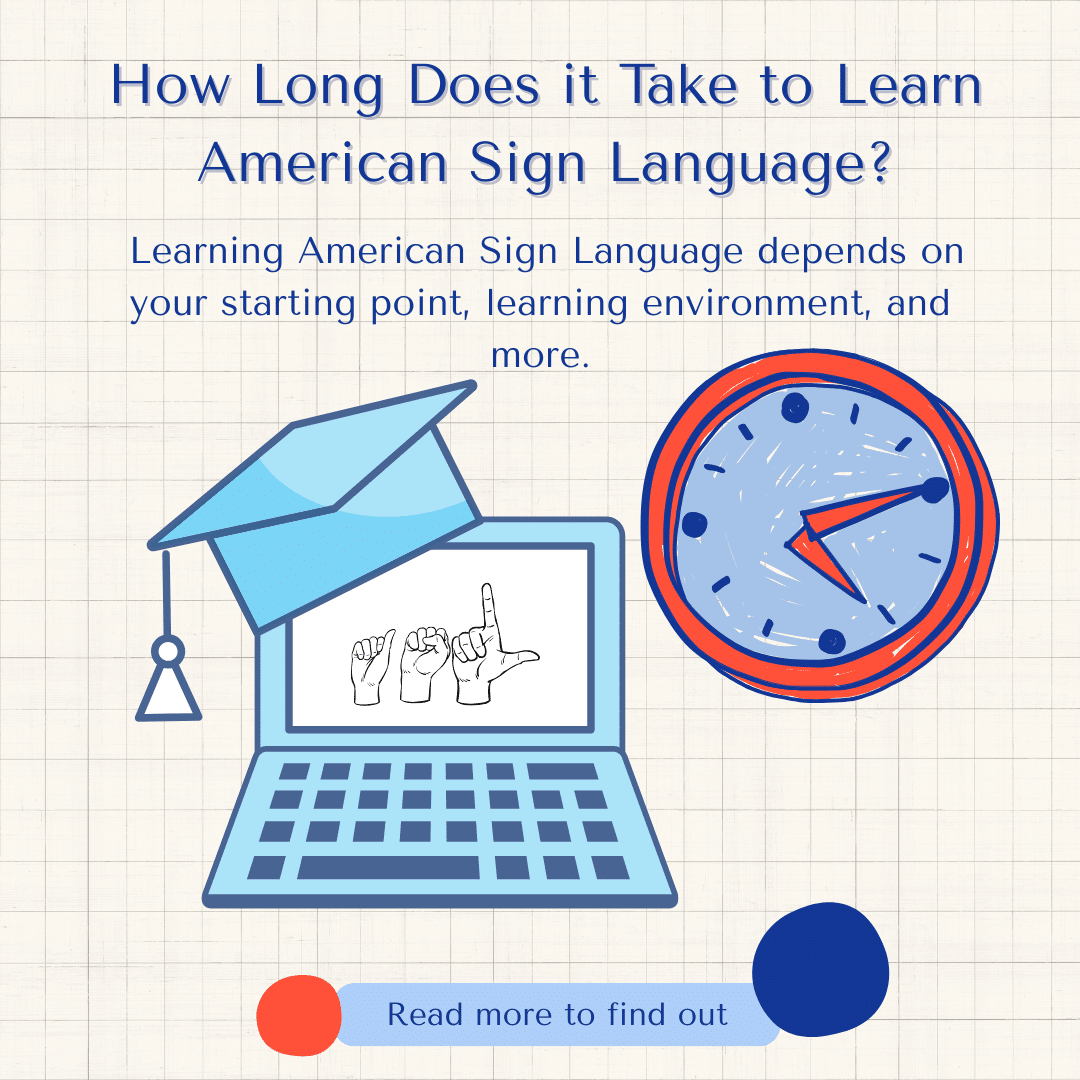
Sign Language Free: ASL 2 – Unit 3 Sample
In this unit sample of the American Sign Language free classes, you will be watching ASL in action in a conversation.
Conversation 2.2
Read this outline, and then watch the conversation in action in the video below. Try to recognize what is being said. Watch the video again until you can follow the conversation without the outline.
A: ME SICK-OF NEIGHBOR DOG HE BARK++ ME WAKE-UP++ AGAIN++. SICK-OF.
“I am so sick of my neighbor’s dog barking. It keeps waking me up over and over. I’m sick of it.”
B: OH-I-SEE. (YOU FINISH DISCUSS?)y/n)
“I see. Have you talked to them about it?”
A: ME FINISH SEND WRITE LETTER PUT-in MAIL PUT-in TWO-DAYS-AGO. ME HEAR NOTHING.
“I wrote them a letter and put it in their mail two days ago. I haven’t heard anything.”
B: OH-I-SEE. YOU SHOULD PERSON CL:2(person)”walk” CL:1“tap” TAP CL:1“tap”.
“I see. You should go over there and get their attention in person.”
A: ME KNOW BUT UNDERSTAND THEY NOT NICE PEOPLE.
“I know, but you have to understand that they aren’t nice people.”
B: OH-I-SEE. FORGET THEM PUSH-away. YOU SHOULD BUY YOURSELF EARPLUGS.
“I see. Well, forget about them. You should buy yourself earplugs.”
A: HA-HA YOU FUNNY VERY FUNNY YOU.
“Ha-ha. You’re very funny.”
Conversation 2.2 Explained
A: ME SICK-OF NEIGHBOR DOG HE BARK++ ME WAKE-UP++ AGAIN++. SICK-OF.
“I am so sick of my neighbor’s dog barking. It keeps waking me up over and over. I’m sick of it.”
This is probably not a conversation you would see in the Deaf world, but it is given here as an example showing Temporal Aspect which you will see in Unit 4. Signer A signs BARK, WAKE-UP, and AGAIN repeatedly to show something happening over and over.
B: OH-I-SEE. YOU SHOULD PERSON CL:2(person)”walk” CL:1“tap” TAP CL:1“tap”.
“I see. You should go over there and get their attention in person.”
The sign OH-I-SEE is used often in ASL conversations – similar to English conversations – as a form of active listening to show you are paying attention.
As shown in Unit 1, tapping someone on the shoulder is one of the main ways that Deaf people get another person’s attention. Signer B uses classifiers and the sign TAP here to tell Signer A to get the neighbor’s attention in person.
A: ME KNOW BUT UNDERSTAND THEY NOT NICE PEOPLE.
“I know, but you have to understand that they aren’t nice people.”
Signer A raises her hand up as a sign translated here as BUT as used in the sentence. This gesture can also be used as a sign for WAIT with a flat hand or the 1 handshape in other contexts.
A: HA-HA VERY FUNNY.
“Ha-ha. Very funny.”
The sign HA-HA can be used both honestly and sarcastically in ASL and either use would be conveyed using facial expression. In this sentence, it is used honestly.
Signer A also used the sign VERY. In ASL, this isn’t always necessary. “Very” can usually be conveyed using facial expression.
Take Our Free ASL 1 Course
This unit is just a sample of our complete course where you can learn American Sign Language quickly and easily. Enroll in our Free ASL 1 Course today!
Start Learning ASL Today!
 Ready to start learning real American Sign Language and not just basic signs? Do you want to be a part of the vibrant Deaf community? Check out our Free ASL 1 Course or our Complete 4-Level ASL Course options and start learning ASL today!
Ready to start learning real American Sign Language and not just basic signs? Do you want to be a part of the vibrant Deaf community? Check out our Free ASL 1 Course or our Complete 4-Level ASL Course options and start learning ASL today!








